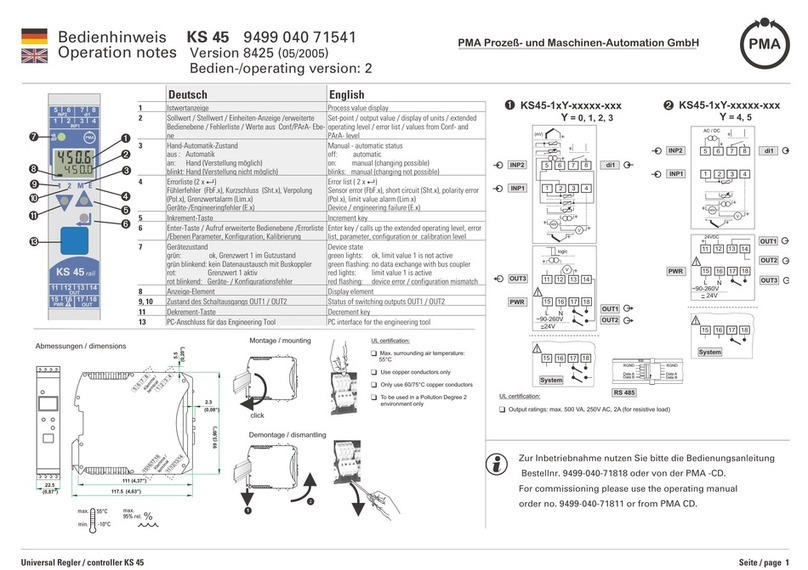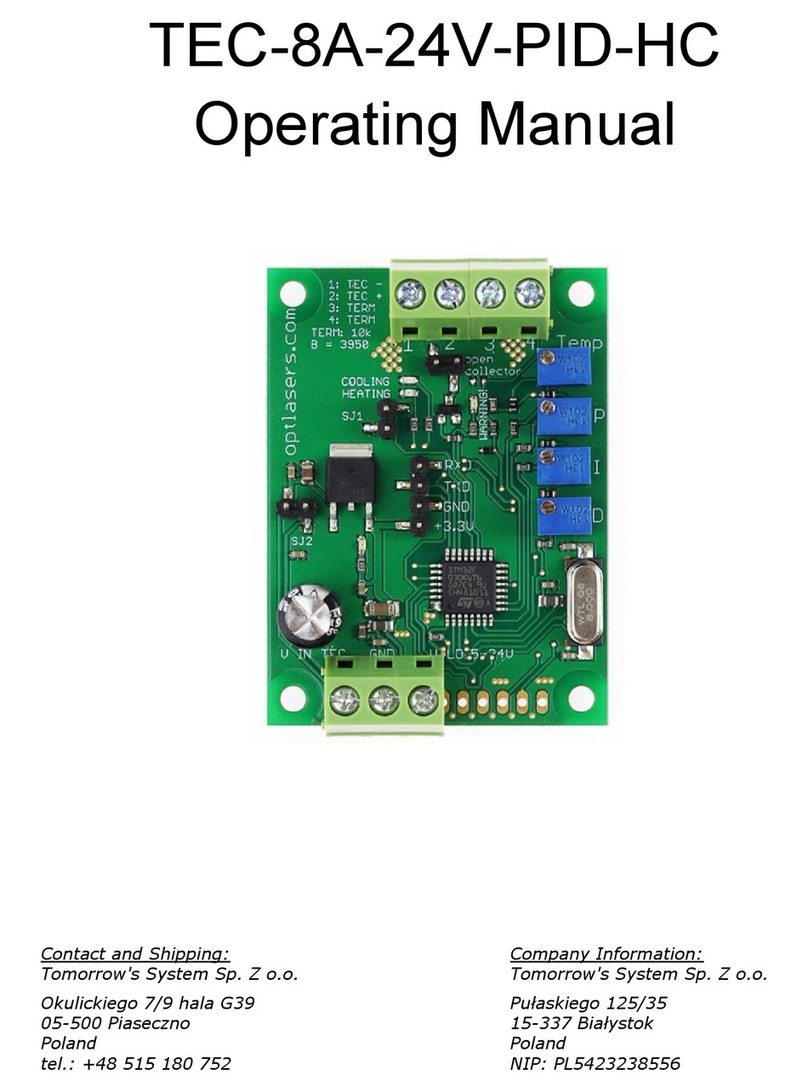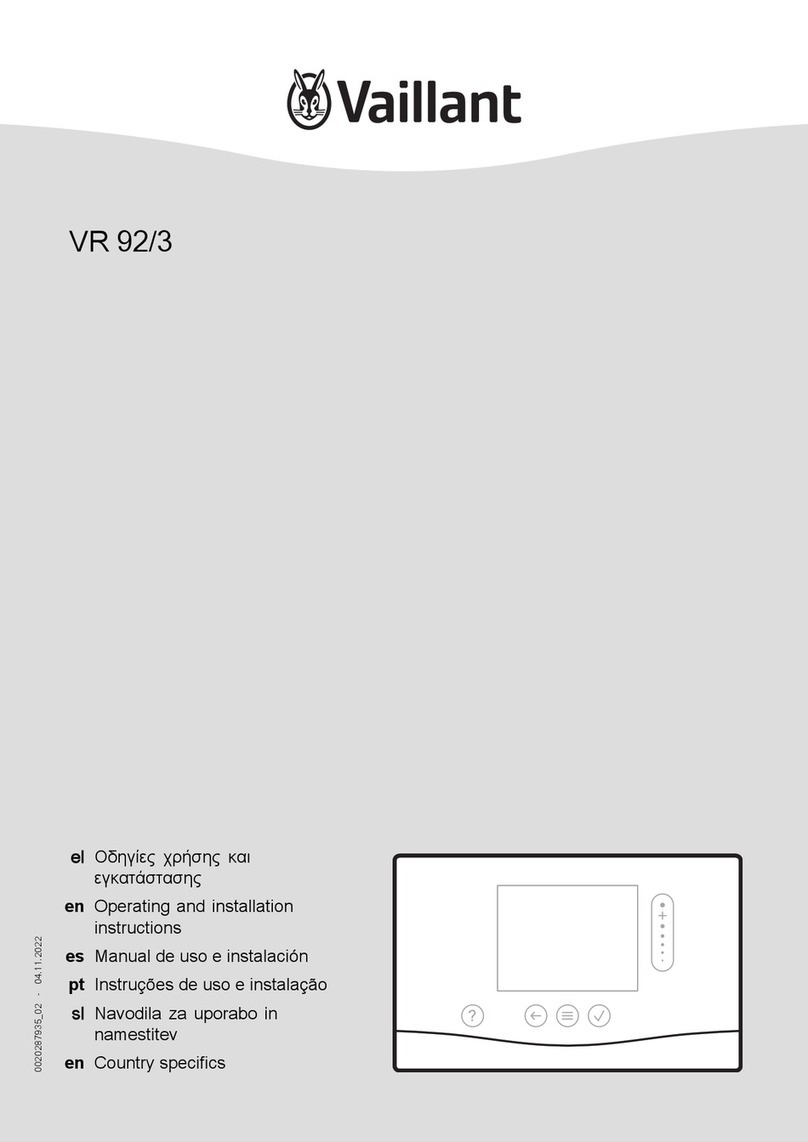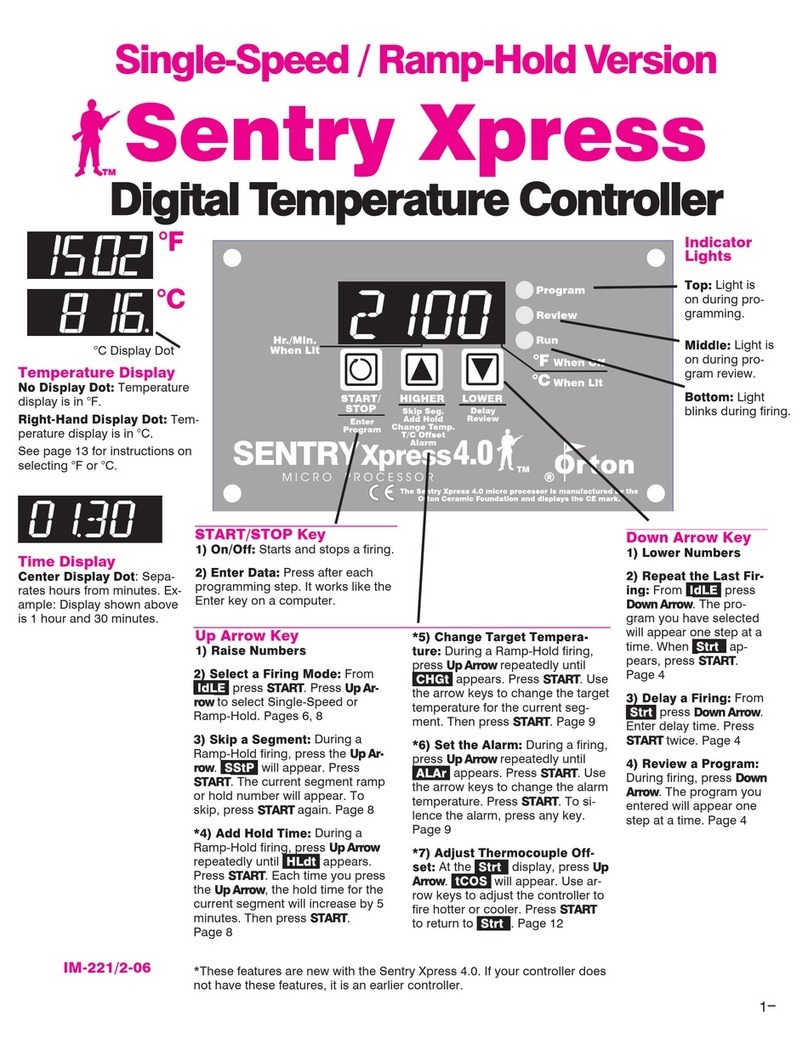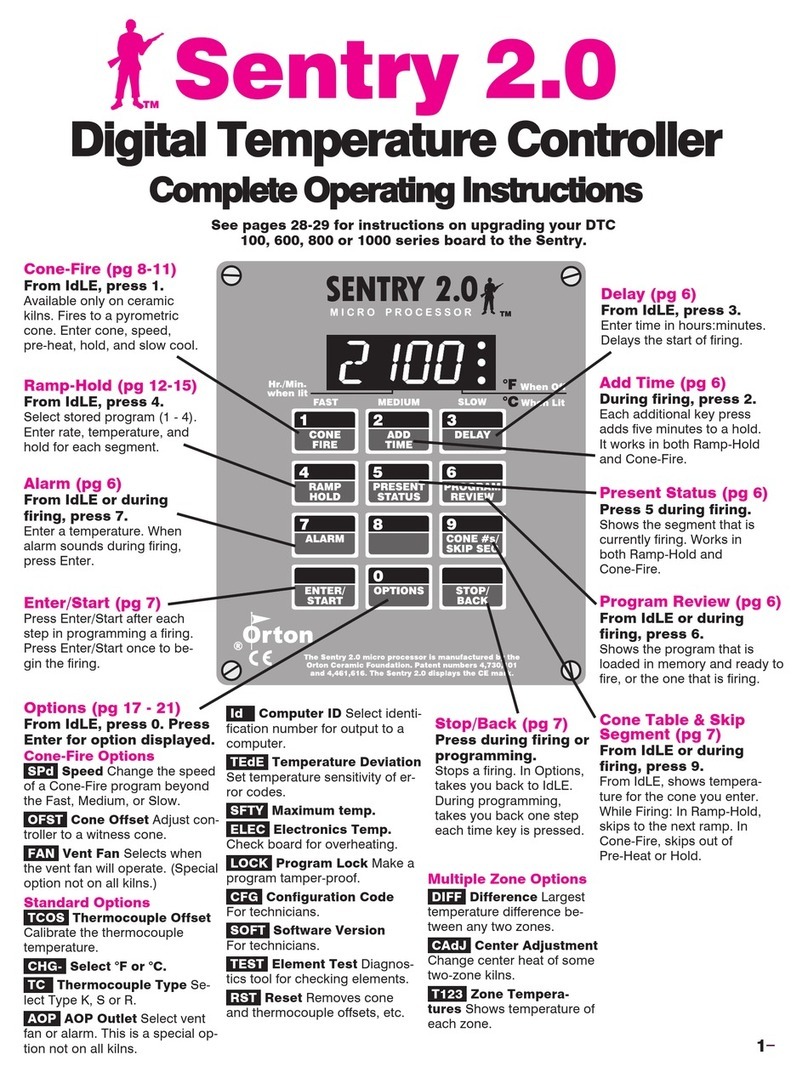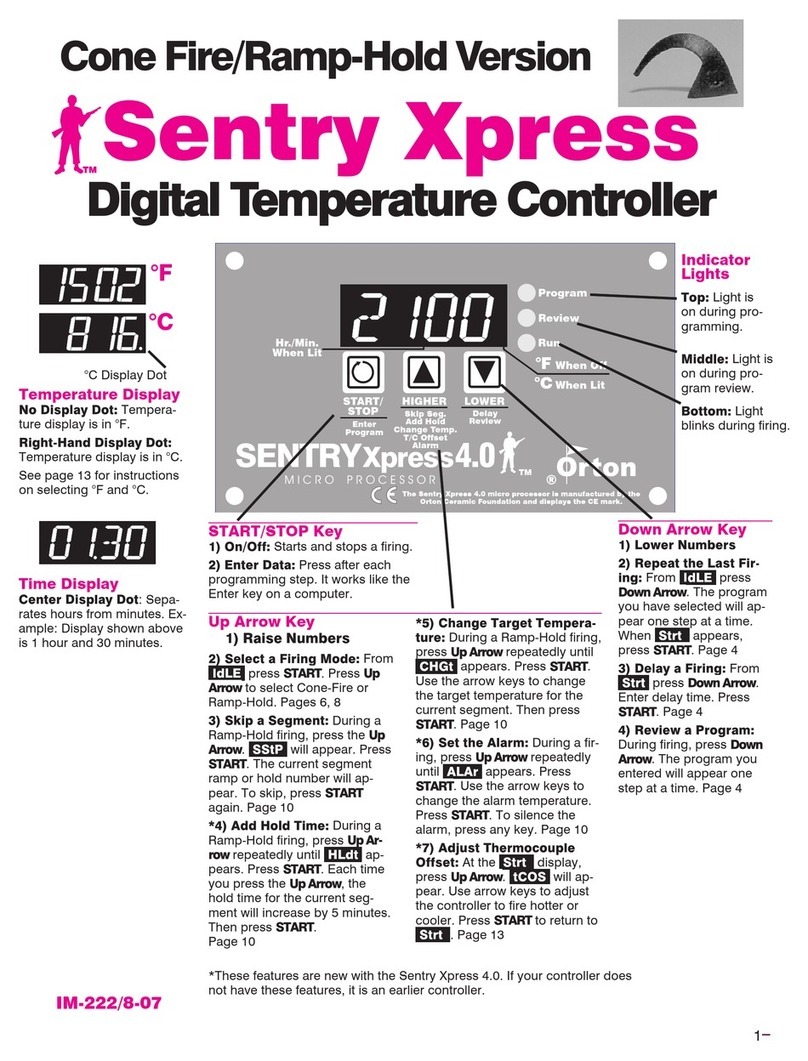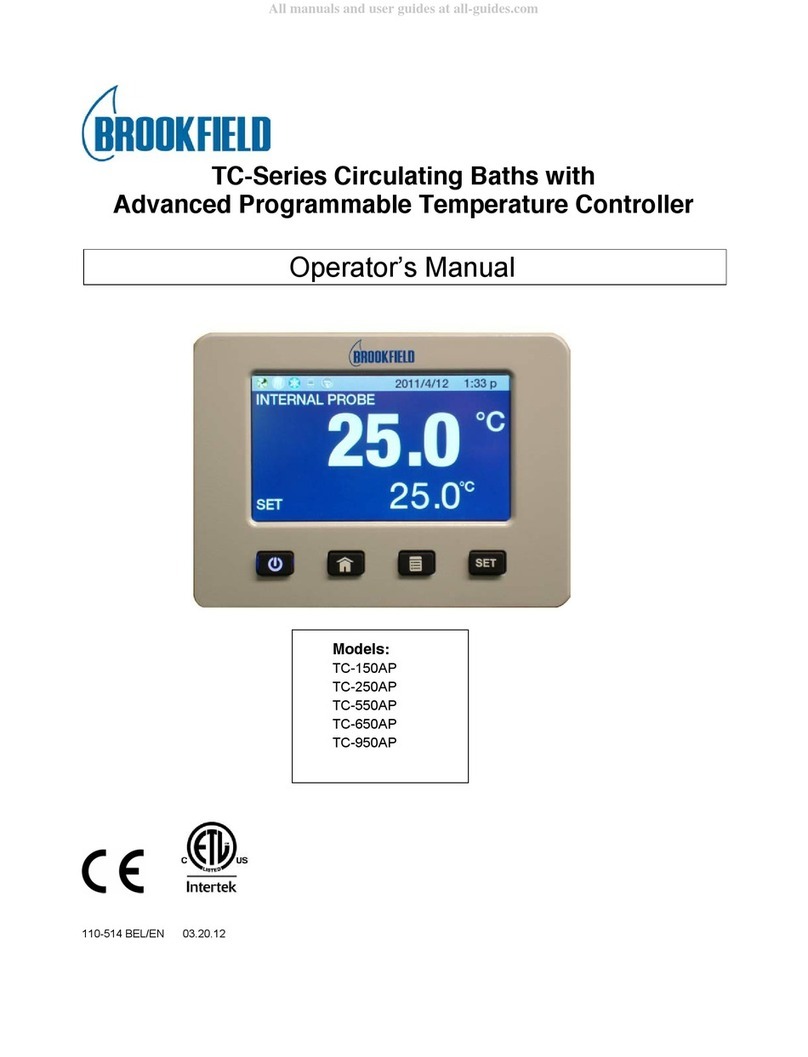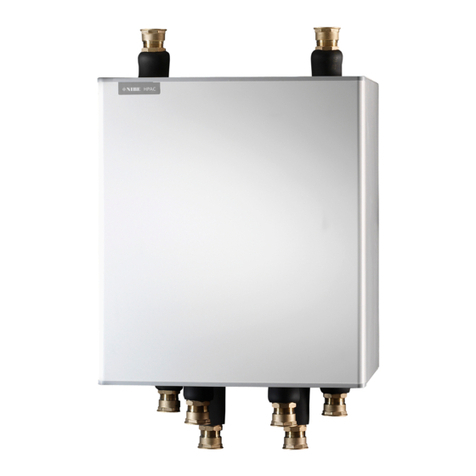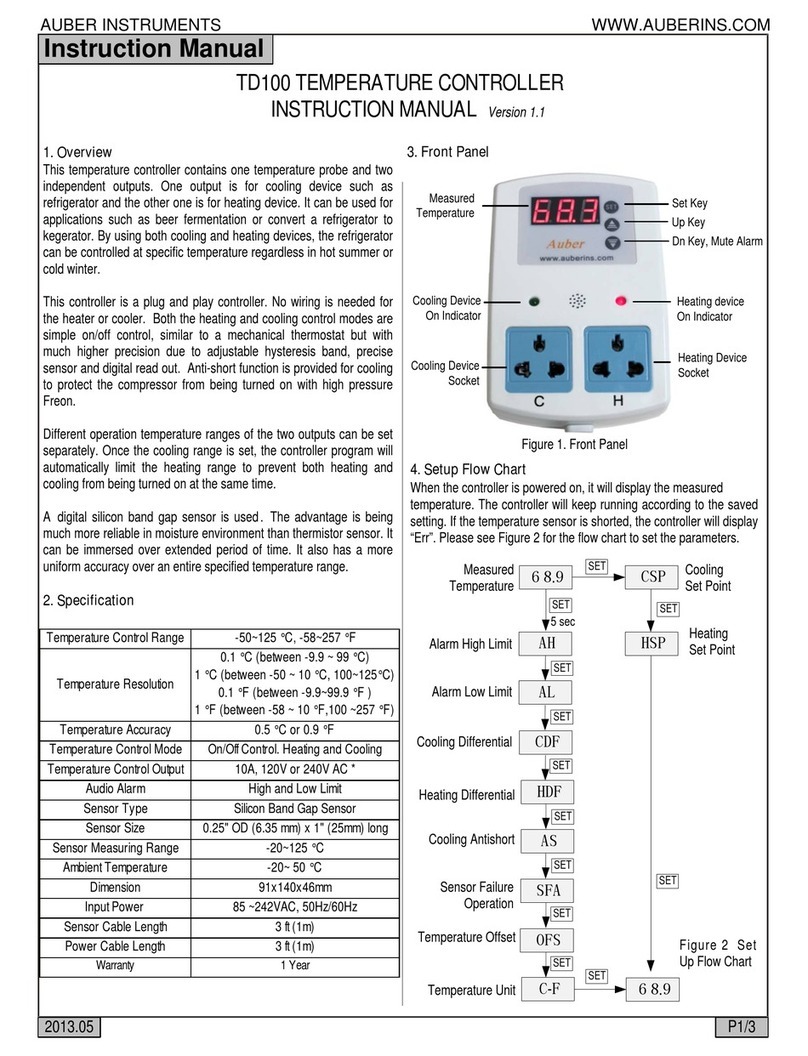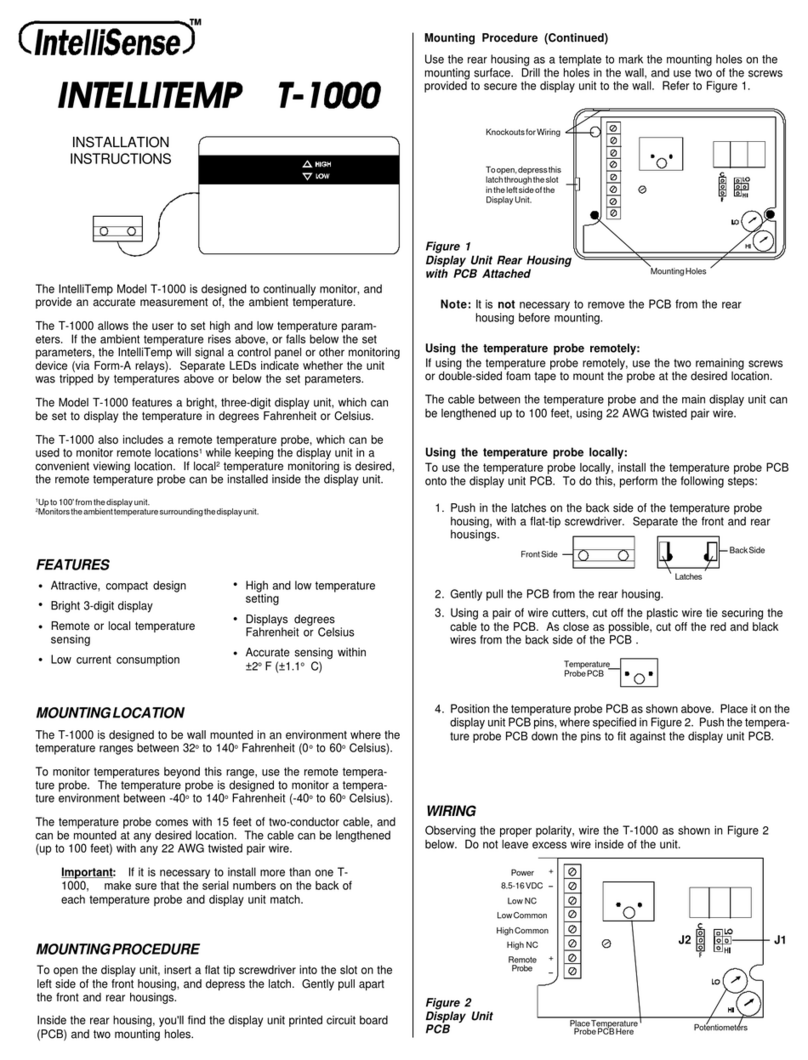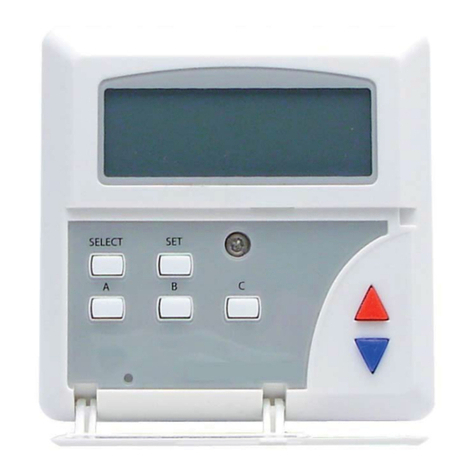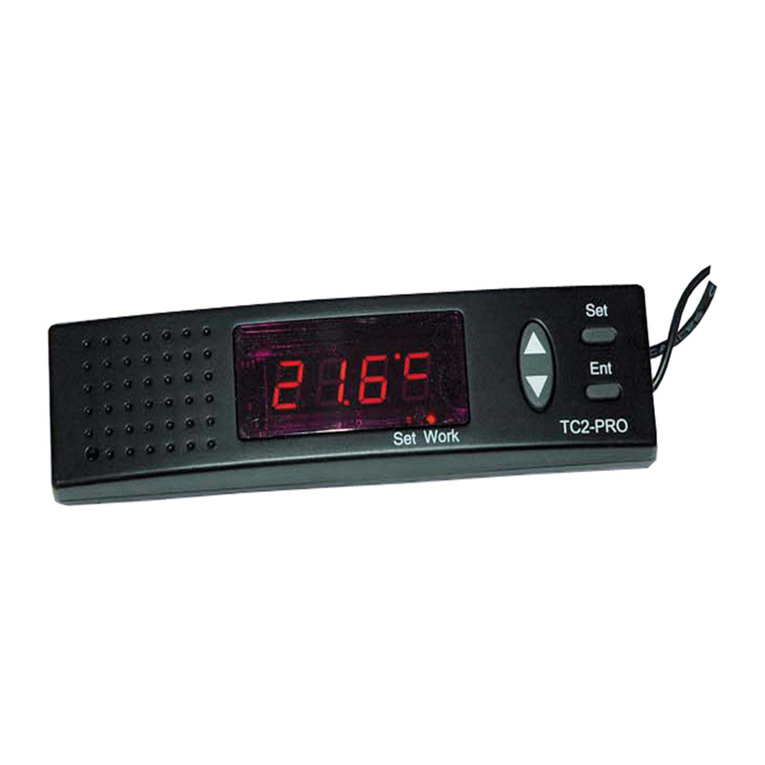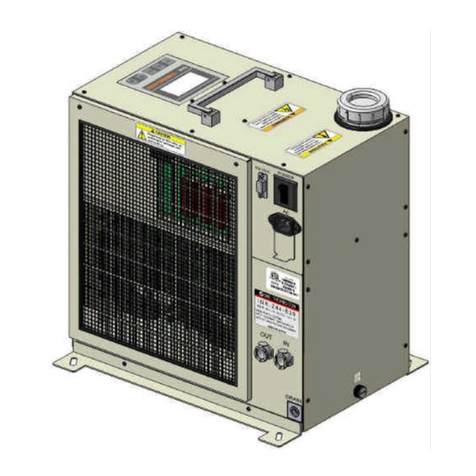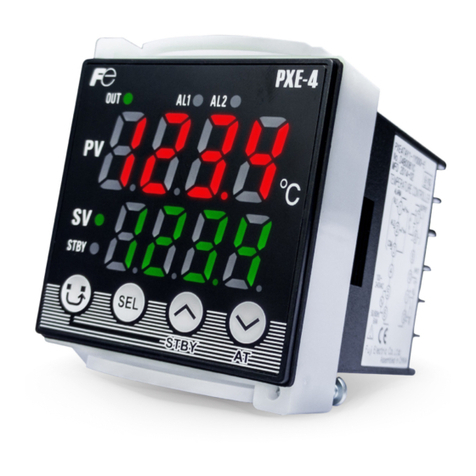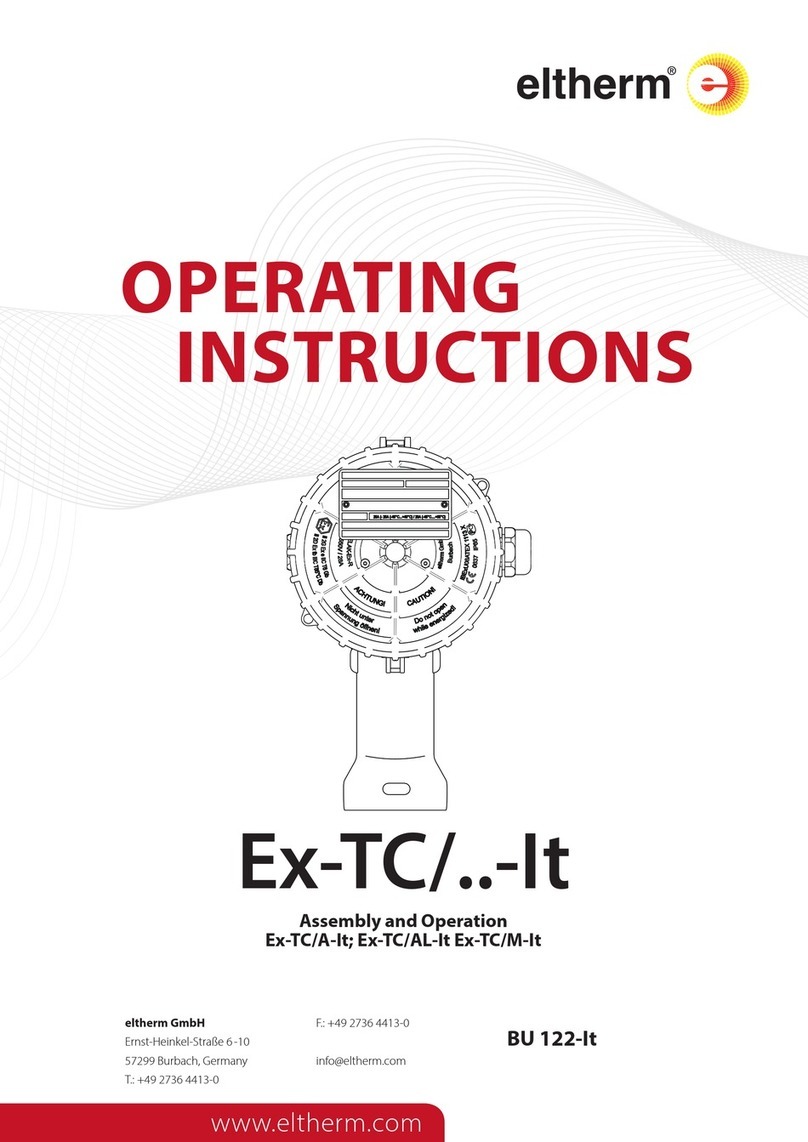
3
Contents
Safety . . . . . . . . . . . . . . . 4
1 Getting Started . . . . . . 5
Room Temperature
and Humidity . . . . . . . . . . . . . . . . 5
Thunder Storms and
Power Surges . . . . . . . . . . . . . . . 5
Time and Temperature Display. . 5
Operations Begin from IdLE . . . . 5
Thermocouple Inspection. . . . . . 5
Theory of Operation . . . . . . . . . . 6
2 Programming. . . . . . . . 6
The Stop/Back Key . . . . . . . . . . . 6
Correcting Entries . . . . . . . . . . . . 6
Storing User Programs . . . . . . . . 6
Firing a Stored User Program. . . 7
Rate . . . . . . . . . . . . . . . . . . . . . . . 7
Programming Steps . . . . . . . . . . 7
Hold . . . . . . . . . . . . . . . . . . . . . . . 8
Repeat Firings . . . . . . . . . . . . . . . 8
Program Review . . . . . . . . . . . . . 8
Programming a
Cooling Segment . . . . . . . . . . . . 8
CPLT . . . . . . . . . . . . . . . . . . . . . . 8
Temperature Overshoot . . . . . . . 9
AOP Fan . . . . . . . . . . . . . . . . . . . 9
A Practice Program . . . . . . . . . . . 9
3 Sample Firing
Programs . . . . . . . . . . . . 9
Heat Treating a Knife Made from
D-2 High Carbon Steel . . . . . . . 9
Glass Fusing Schedule . . . . . . 9
Glass Slumping Schedule . . . 10
4 Other Features . . . . . 10
The Add Time Key. . . . . . . . . . . 10
Delay Fire . . . . . . . . . . . . . . . . . 10
Present Status . . . . . . . . . . . . . . 11
The Alarm . . . . . . . . . . . . . . . . . 11
Skip Segment . . . . . . . . . . . . . . 11
Editing a Segment
During Firing . . . . . . . . . . . . . . . 11
5 Multiple-Zone Kilns. . 12
An Overview . . . . . . . . . . . . . . . 12
Thermocouple Failure
In a Multiple-Zone Kiln . . . . . . . 12
Power Output Lights . . . . . . . . . 12
Testing Multiple-Zone
Elements . . . . . . . . . . . . . . . . . . 12
Zone Temperature
Difference (DIFF) . . . . . . . . . . . 12
Two-Zone Kilns: Adjusting Heat in
the Center Section (CAdJ) . . . . 13
Zone Temperature
Display (T123) . . . . . . . . . . . . . 13
6 The Options Key . . . . 13
Thermocouple Offset (TCOS). . 13
Multiple-Zone
Thermocouple Offset . . . . . . . 14
Selecting °F or °C (CHG-) . . . . . 14
°F/°C Temperature
Conversion Formula. . . . . . . . 14
Thermocouple Type (TC) . . . . . 14
AOP Outlet (AOP) . . . . . . . . . . . 15
Computer ID (ID). . . . . . . . . . . . 15
Temperature Deviation (TEDE). 15
Maximum Temperature (SFTY). 15
Electronics
Temperature (ELEC) . . . . . . . . . 16
Program Lock (LOCK) . . . . . . . 16
Configuration Code (CFG) . . . . 16
Software Version (SOFT) . . . . . 16
Element Test (TEST) . . . . . . . . . 16
Reset (RST) . . . . . . . . . . . . . . . . 16
7 Error Messages. . . . . 17
FTC / Failed to Cool . . . . . . . . . 17
FTH / Failed to Heat . . . . . . . . . 17
LTdE / Low Temperature
Deviation . . . . . . . . . . . . . . . . . . 17
PF / Power Failure. . . . . . . . . . . 17
BAdP / Bad Programming . . . . 17
ETH / Electronics Too Hot . . . . 17
FAIL / Thermocouple Failure . . 17
FTL / Firing Too Long . . . . . . . . 17
HTdE / High Temperature
Deviation . . . . . . . . . . . . . . . . . . 18
PF 2 / Power Failure . . . . . . . . . 18
PF 3 / Power Failure . . . . . . . . . 18
The “LId” Display . . . . . . . . . . . 18
PLOG Error Codes . . . . . . . . . . 18
TCdE / Uneven Multiple-Zone
Temperatures . . . . . . . . . . . . . . 18
TCR / Thermocouple
Leads Reversed. . . . . . . . . . . . . 18
8 Power Failures . . . . . 19
Using Ceramic Witness Cones
After an Extended
Power Failure . . . . . . . . . . . . . . 19
When the Kiln Shuts
Off Too Soon. . . . . . . . . . . . . . . 19
Appendix A:
Display Messages . . . . 20
Appendix B:
Upgrading Instructions 22
Upgrading the DTC 100, 600, 800
& 1000 Series to the Sentry . . . 22
Appendix C:
Quick Programming. . . 24



